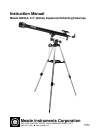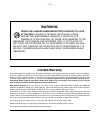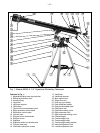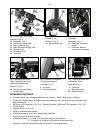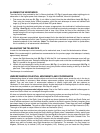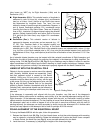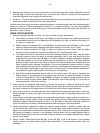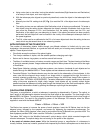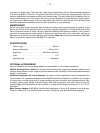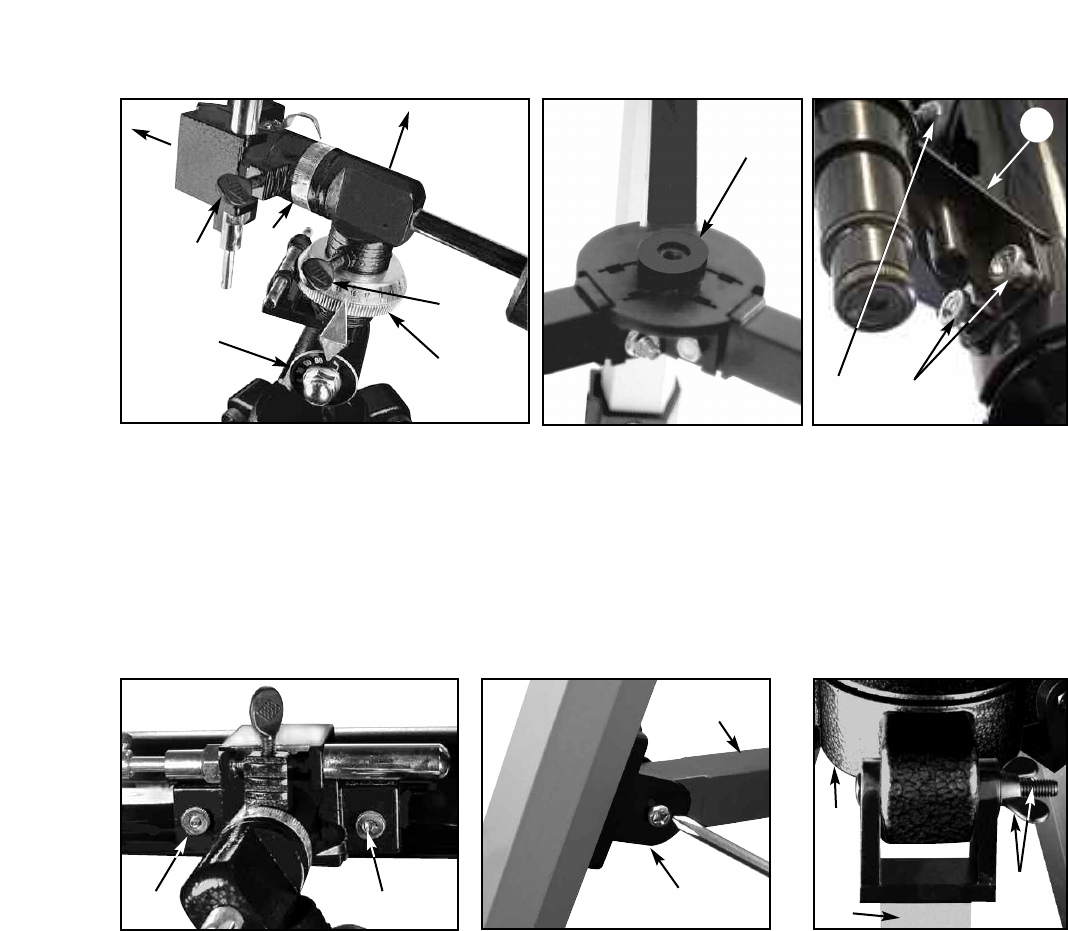
– 5 –
Fig. 2: Close up of the mount.
Features in Fig. 2:
24. Declination lock
25. Declination setting circle
26. Right ascension lock
34. Right Ascension setting circle
35. Latitude circle
39. Declination axis
40. Polar axis
2%
3$
3%
3(
4)
2$
2^
Fig. 3: Attaching the
accessory tray.
Feature in Fig. 3:
36. Mounting bolt hole
Fig. 4: Attaching the
viewfinder.
Features in Fig. 4:
16. Viewfinder collimation
screws
37. Viewfinder bracket
mounting thumbscrews
3^
3&
1^
Fig. 5: Attaching the Optical
Tube. Underside view of the
optical tube saddle plate.
Feature in Fig. 5:
38. Optical tube attachment
thumbscrews
3*
3*
Fig. 6: Attaching a leg brace
to a leg brace support.
Features in Fig. 6:
4. Leg brace
5. Leg brace support
e
f
Fig. 7: Attaching tripod legs
to telescope mount.
Features in Fig. 7:
6. Tripod leg
41. Telescope mount
42. Wingnut and bolt
4@
g
4!
STANDARD EQUIPMENT
• Complete optical tube assembly (objective lens diameter = 60mm; focal length = 900mm)
• Full-length, fully adjustable, aluminum tripod and accessory tray, with slots for extra eyepieces and
other accessories
• MA 25mm (36X) eyepiece (1.25" O.D., “Outside Diameter”), MH 9mm (75X) eyepiece (1.25" O.D.)
• 2x Barlow lens
• Diagonal mirror (1.25” O.D.)
• 5x24mm viewfinder with bracket
• Complete equatorial mount with counterweight assembly
• Flexible control cables on both axes
• Hardware package: A. 3 bolts (2.5" long) with wing nuts and washers
B. 3 screws (1/2" long) with wing nuts and screwdriver tool
• Astronomy software (separate instructions supplied in software package)
1*



